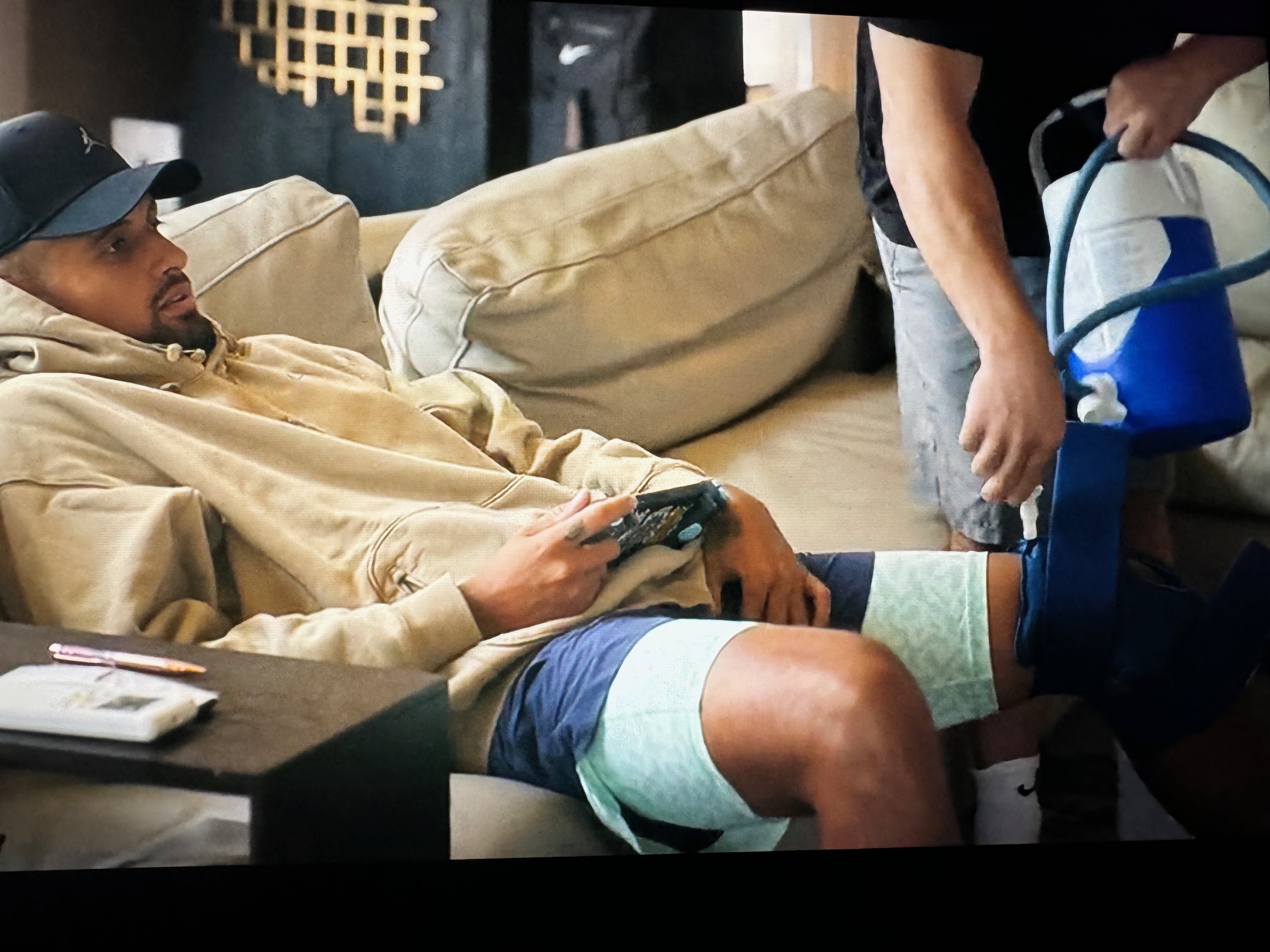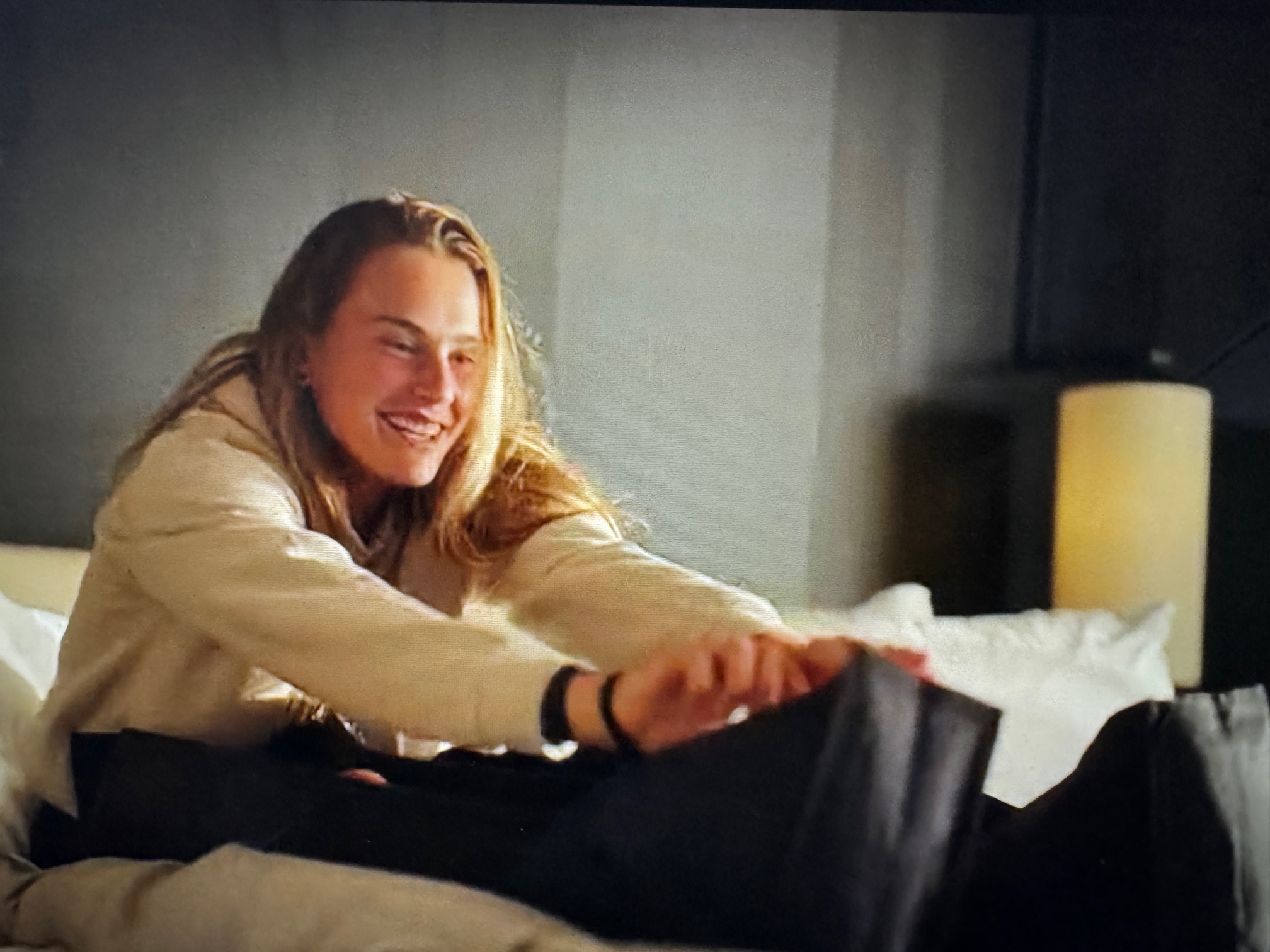Tennis Technology Tuesday
Shortly after last week’s “Hawk-Eye Live” post was issued, I realized that I failed to mention my favorite feature of the system. Hawk-Eye Live includes a multitude of voices that annunciate the actual line calls. The system includes male, female, and multiple accents. The diversity delights me.
In World War II, female voices were used for annunciations in aircraft cockpits because those voices stood out from those of the predominately male pilots. In my day job, I once provided a voice sample for the F-35 joint strike fighter aircraft. From that experience, I know that it is common for computer annunciations to start with a human voice sample that goes through an auditory editing process to homogenize the commands for consistency.
I provided a single voice sample for the command “Pull Up.” I was told that the usual voice models had been unable to make the vocalization sound urgent but not panicked. “Pull Up” is not a suggestion, but at the same time should not increase stress to the pilot. I used to sit close in close proximity to the human factors team for that particular aircraft. Apparently that’s the natural inflection of my telephone voice. I should probably work on that.
Part of the reason that the diversity of the Hawk-Eye live voices delights me is because I believe it to be representative of the umpiring community at large. It sounds natural to the point that people spectators have watched live events without even realizing that the line calls were automated.
This week the No Challenges Remaining podcast carried an interview with Mark Ein, the owner of the City Open ATP tournament in Washington. That event was recently cancelled because the logistical complications due to COVID-19 became too much to overcome.
The Citi Open had been planning on using Hawk-Eye Live to cut down on the number of people required to be on site. One of the specific complications was getting travel visas and waivers for the Hawk-Eye Live installation and calibration team. That team reportedly resides in the UK.
This story implies that calibration of the Hawk-Eye system is more complex than I would have assumed. I spent some time this weekend digging further into the calibration process. One article specific to the potential use of Hawk-Eye on clay estimated that there would be 30 minutes of re-calibration time between every match played on clay.
The reason for this is because Hawk-Eye measures both the court and undulations in the ground. This information is required to accurately render the ball marks. Speaking of those marks, the condition of the clay also has a significant impact on the marks that the ball leaves behind. That disparity could create the uncomfortable situation where the Hawk-Eye mark rendering and the actual mark of the ball left on the court are not consistent. That would hardly engender faith in the system.
For the second consecutive week I think I am done writing about the Hawk-Eye Live system. I could delve into the mathematics of triangulation, but honestly you guys don’t want to read that any more than I want to write about that.
- Why computer voices are mostly female, Brandon Griggs, CNN, October 21, 2011.
- Knowing When to Call It Off, with Mark Ein, No Challenges Remaining Podcast, Episode 265, July 22, 2020
- More Adjustments Would Be Required to use Hawk-Eye on Clay, Kamakshi Tandon, tennis.com, May 26, 2016.
- French Open Sticks With Umpire’s Eye Over Hawk-Eye on Clay, Christopher Clarey, The New York Times, May 23, 2016.



